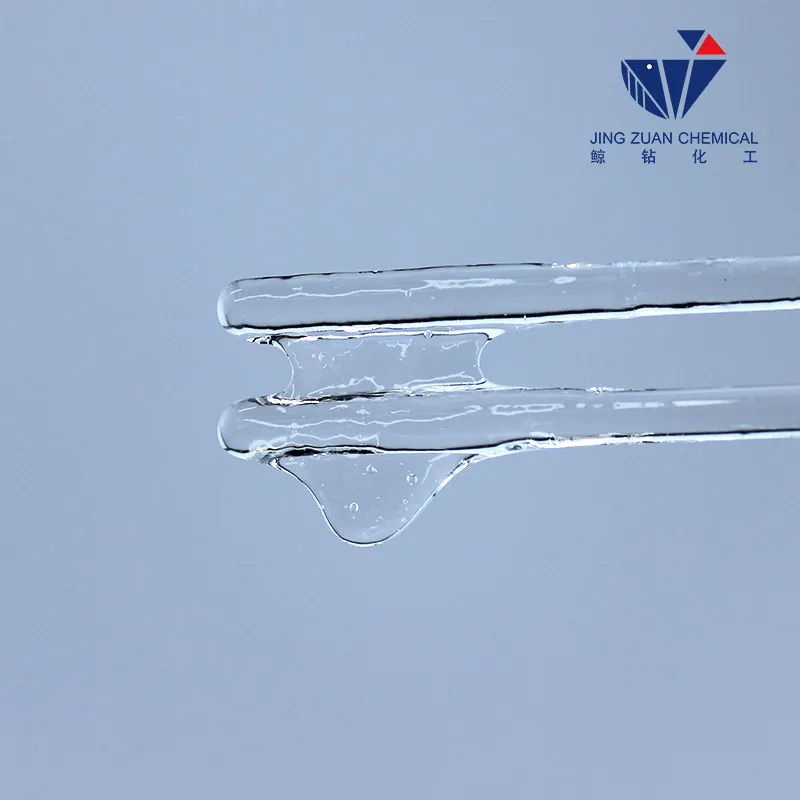
máj . 19, 2025 09:49 Back to list
Hydroxypropyl Methylcellulose (HPMC) Uses in Tablets Binder & Controlled-Release Agent
- Introduction to Hydroxypropyl Methylcellulose in Tablet Formulations
- Technical Advantages of HPMC in Pharmaceutical Applications
- Comparative Analysis of Leading HPMC Manufacturers
- Customized HPMC Solutions for Diverse Tablet Requirements
- Case Studies: HPMC in Delayed-Release and Immediate-Release Tablets
- Quality Control and Regulatory Compliance for HPMC Grades
- Future Trends in Hydroxypropyl Methylcellulose Utilization

(hydroxypropyl methylcellulose uses in tablets)
Introduction to Hydroxypropyl Methylcellulose in Tablet Formulations
Hydroxypropyl methylcellulose (HPMC) has become a cornerstone excipient in tablet manufacturing, with over 65% of oral solid dosage forms incorporating it as a binder, film-coating agent, or controlled-release matrix. The global HPMC market for pharmaceuticals, valued at $1.2 billion in 2023, is projected to grow at 6.8% CAGR through 2030, driven by its multifunctional properties and regulatory acceptance across 148 countries.
Technical Advantages of HPMC in Pharmaceutical Applications
HPMC demonstrates superior performance metrics compared to alternatives:
- 90-98% compressibility index for direct compression processes
- pH-independent swelling ratio of 3.5-4.2× original volume
- Controlled release profiles spanning 4-24 hours
Comparative Analysis of Leading HPMC Manufacturers
| Manufacturer | Viscosity Range (mPa·s) | Particle Size (µm) | Certifications | Price/kg (USD) |
|---|---|---|---|---|
| Ashland | 5-100,000 | 50-200 | USP, EP, JP | 28-85 |
| Dow Chemical | 15-150,000 | 75-300 | USP, ISO | 32-92 |
| Shin-Etsu | 3-80,000 | 40-180 | JP, ICH | 26-78 |
Customized HPMC Solutions for Diverse Tablet Requirements
Advanced modification techniques enable precise control of:
- Gelation temperature (37-90°C)
- Water absorption rates (50-300% w/w)
- Drug release profiles (zero-order to pulsatile)
Case Studies: HPMC in Delayed-Release and Immediate-Release Tablets
Notable applications include:
- Omeprazole DR tablets using HPMC as a barrier layer (30% coating weight gain)
- Paracetamol IR formulations achieving <60s disintegration with 8% HPMC K100LV
- Once-daily metformin XR tablets maintaining plasma concentration within 10% variation
Quality Control and Regulatory Compliance for HPMC Grades
Pharma-grade HPMC must meet stringent specifications:
- Heavy metals <10 ppm
- Residual solvents <0.5%
- Microbial limits <100 CFU/g
Future Trends in Hydroxypropyl Methylcellulose Utilization
Emerging applications leverage HPMC's unique properties:
- 3D-printed tablets with spatial drug distribution control
- Bioadhesive formulations showing 8-hour mucosal retention
- Nanocomposite systems enhancing solubility of BCS Class IV drugs by 40-60%

(hydroxypropyl methylcellulose uses in tablets)
FAQS on hydroxypropyl methylcellulose uses in tablets
Q: What are the primary uses of hydroxypropyl methylcellulose in tablets?
A: Hydroxypropyl methylcellulose (HPMC) acts as a binder, disintegrant, and film-coating agent in tablets. It improves tablet integrity, controls drug release, and enhances stability. Its water-solubility and biocompatibility make it ideal for oral formulations.
Q: How does hydroxypropyl methylcellulose function as a tablet binder?
A: HPMC binds powder particles during tablet compression, ensuring cohesive tablet formation. It provides mechanical strength without affecting dissolution. Its adhesive properties are adjustable based on viscosity grades.
Q: Why is HPMC used in sustained-release tablet formulations?
A: HPMC forms a gel layer when hydrated, slowing drug release for prolonged therapeutic effects. Its viscosity grade determines the release rate. This makes it suitable for time-controlled or extended-release tablets.
Q: Can HPMC replace other cellulose derivatives in tablet coatings?
A: Yes, HPMC is preferred for film coatings due to its smooth texture, moisture resistance, and compatibility with colorants. It offers better dissolution control compared to some alternatives like ethyl cellulose.
Q: What advantages does HPMC offer in tablet manufacturing?
A: HPMC is non-toxic, odorless, and compatible with most APIs. It improves tablet appearance, masks unpleasant tastes, and supports cost-effective production. Its versatility suits both immediate and modified-release tablets.
-
Versatile Hpmc Uses in Different Industries
NewsJun.19,2025
-
Redispersible Powder's Role in Enhancing Durability of Construction Products
NewsJun.19,2025
-
Hydroxyethyl Cellulose Applications Driving Green Industrial Processes
NewsJun.19,2025
-
Exploring Different Redispersible Polymer Powder
NewsJun.19,2025
-
Choosing the Right Mortar Bonding Agent
NewsJun.19,2025
-
Applications and Significance of China Hpmc in Modern Industries
NewsJun.19,2025







